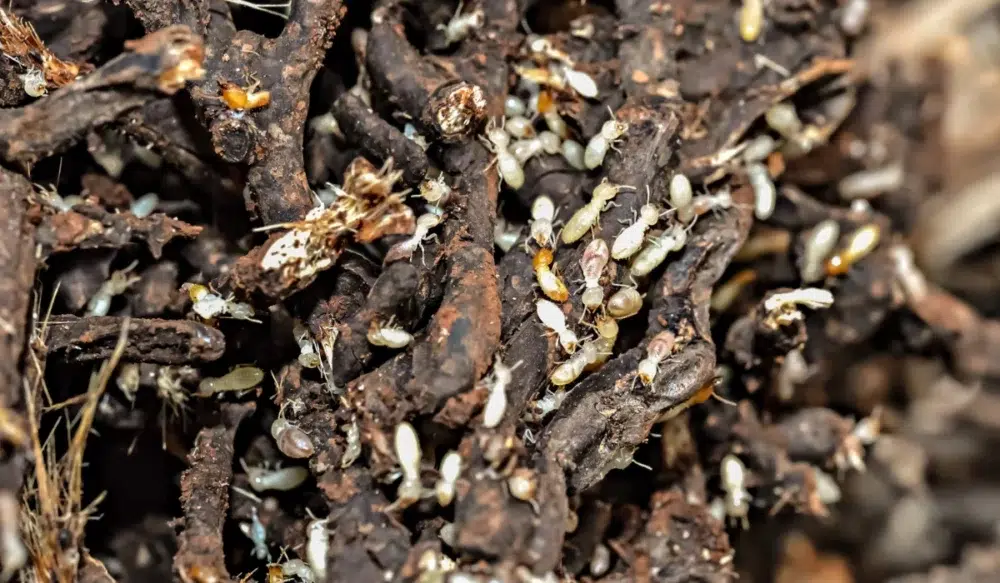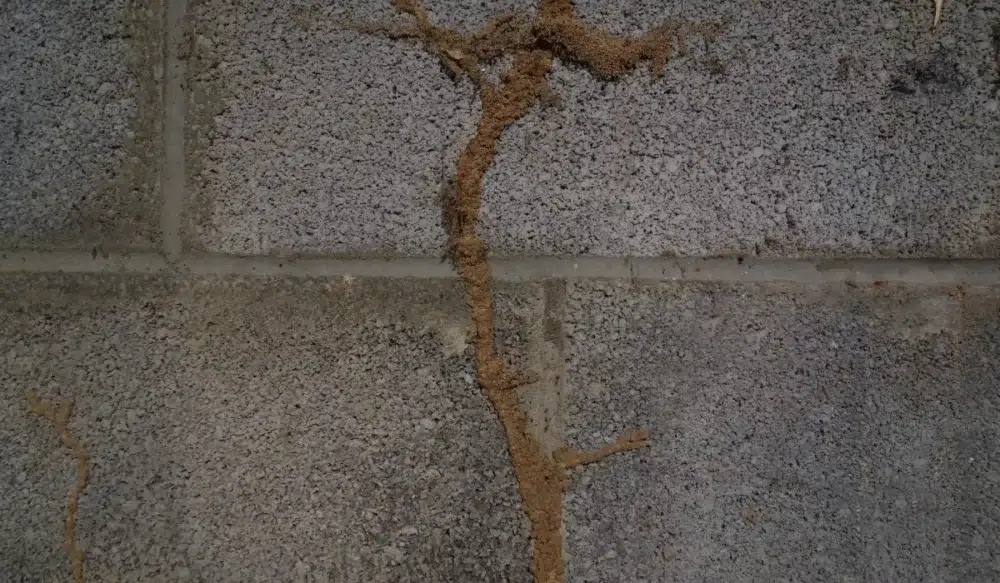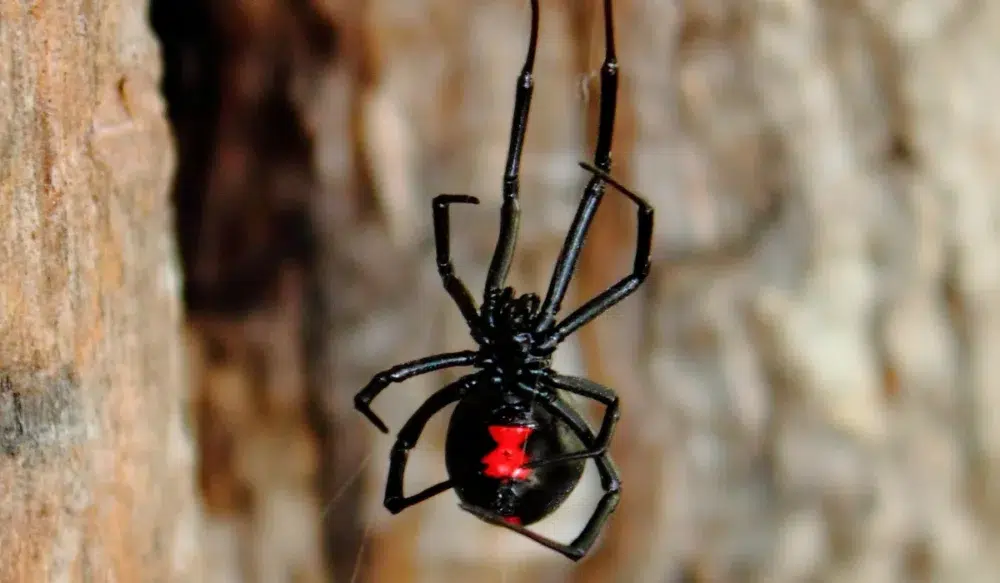Ants are some of nature’s most useful and efficient creatures. They aerate the soil, involuntarily replant numerous plants, and act as nature’s garbage disposal by eating through various types of organic matter.
Ants in your home or on your property, on the other hand, can quickly add up to be a major problem. They contaminate the food and surfaces they travel across, damage lawns and the very structures of buildings, and some species can deliver painful stings.
Ants are small insects that live in huge colonies, often with a very complex and regimented social structure. Each colony consists of a queen dedicated to laying thousands of eggs, thousands of worker and soldier ants, and reproductives who mate with the queens. Ant colonies can number anywhere from a few dozen members to over a million, and their ability to communicate effectively and work together is unparalleled in the animal kingdom.
Appearances, habits, and food preferences differ wildly among ant species. For a homeowner, that means an ant infestation may present a different set of signs to watch for depending on the species infesting your property.
Being able to correctly identify the type of ants your home is under attack from is a key component in an effective ant control strategy.
Let’s take a look at the ant species common in Arizona, how to get rid of ants, effective ant prevention tips, and, if prevention doesn’t do the trick, how to get in touch with an experienced Chandler pest control professional.
The Many Different Types Of Ants Found In Chandler
There are thousands of ant species enriching ecosystems around the world, but in ant species in Arizona, you’re likely to run into that are attempting to make camp on your property:
- Carpenter ants got their name thanks to their penchant for tunneling through trees and, if they make their way into your home, through the lumber that holds it up. They build their nests in the tunnels and cavities they produce in the wood. Unlike termites, who chew through wood to feed on cellulose, carpenter ants eat sweets, live and dead insects, organic matter, other ants, etc. Carpenter ants are one of the largest ant species in North America, growing up to 5/8 of an inch long and having reddish-brown or black bodies. They are nocturnal and expert at staying out of sight, making carpenter ant infestations hard to spot in the early stages.
- Pavement ants are another ant species common to the area. They are much smaller and less intrusive than carpenter ants, averaging only 1/8 inch long. Pavement ants have a habit of building nests under driveways and sidewalks and can damage any surface they build under, often provoking costly repairs. This species is usually just a visual nuisance, but they will bite if handled.
- Odorous house ants are the most common ant species to make their way into our homes. They are huge fans of everything sweet and can sense a piece of sugar from hundreds of feet away. Odorous house ants grow between 1/16 and 1/8 of an inch long with black or brown bodies, and their claim to fame (as well as the origin of their name) is the odor of rotten coconut they express when threatened or stepped on.
- Fire ants are 1/8 to 3/8 of an inch long with reddish-brown bodies. Don’t let their small stature deceive you; this ant species hands out one of the most painful bites thanks to their stinger and potent venom. Finding fire ants inside your home is uncommon; they usually build their nests in the recently disturbed ground and will only venture into human structures if the outside environment becomes inhospitable. There are many types of fire ants, but they all share their characteristic aggressiveness and ability to sting when disturbed. They also release pheromones that will aggravate and attract other members of the nest to attack.
- Crazy ants have an erratic, seemingly confused way of moving around when disturbed or threatened. Running around in this manner is a defensive reaction making it harder for predators to attack them. Crazy ants are small, 1/16 to 1/8 of an inch in size, and dark brown or black. They are known to invade homes and will bite if threatened.
- Argentine ants can grow to 1/4 of an inch and have dark brown or black bodes. They are a relatively recent import to North America but have been spreading rapidly due to their aggressive nature. Argentine ants build large colonies that can have multiple queens.
- Citronella ants are 1/8 to 3/16 of an inch long with distinctive bright yellow or yellowish-brown bodies. Similar to odorous house ants, citronella ants release a citrus-like scent when crushed. Citronella ants are nocturnal and usually keep to themselves, tending to mealybugs and aphids that, in turn, leave honeydew for the ants to feed on.
- Big-headed ants are 1/16 to 1/8 of an inch long, with reddish-brown bodies, and are easy to identify by the oversized heads soldiers have compared to their bodies. You will not likely find them inside your home, but their nests often pop up in the back or front yards.
- Pharaoh ants are yellow or reddish-brown, with darker, almost black abdomens. They are a species native to Africa that, unfortunately, is now widespread throughout the Americas. Pharaoh ants derive their name from a mistaken belief that they were one of the plagues sent down on Egypt. Being a tropical species, Pharaoh ants can’t stand temperatures below freezing, but in our hot and dry climate, they feel right at home.
- Ants are great at staying out of sight, and we often are unaware of their presence until their numbers grow out of control. For every ant you see scurrying across the floor, there are often hundreds, if not thousands, members in the nest.
Is It Dangerous To Have Ants In My House?
As beneficial as they are to the world outside our walls, once ants make their way inside your Chandler home, they become a major problem. While most of us assume ants are generally harmless, certain species, Pharaoh ants, for example, can spread a number of illnesses, such as salmonellosis, staphylococcus, and streptococcus. All ant species will contaminate food in your home and every surface they come in contact with. Bites from fire ants are extremely painful and can result in an allergic reaction in people intolerant of ant venom. Carpenter ants can inflict serious damage on your home’s structure as they tunnel through lumber in your home.
Why Are There Ants In My Kitchen?
Like most other pests, ants are attracted to your home by a promise of easy access to food and water. Ants have a well-developed sense of smell and are drawn to anything sugary, making the poorly wiped remains of a spilled coke or cookie crumbs sing to them like a siren’s song.
- Ants need access to moisture. Ensuring any plumbing leaks are taken care of, and standing water does not accumulate in puddles by the house walls will help keep ants away.
- Seal up cracks and gaps in the outside walls and foundation of your house.
- Clean spills thoroughly and as soon as possible to avoid attracting ants.
- Store human and pet food in tightly sealed containers.
- Dispose of trash regularly.
- Don’t store firewood next to your house; carpenter ants commonly nest in firewood and, with time, can make their way through the walls of your home.
- Trim tree branches and grass around the perimeter of your house.
An ant or two around your property is not a cause for worry, but ant colonies grow fast, with the queen in a fully developed colony capable of laying over 800 eggs a day. Once a colony is on your property, evicting them is not easy, making preventative measures and yearly inspections by an experienced pest control specialist all the more critical.
The Best Way To Get Rid Of Ants In Your House
At Green Home Pest Control, we’ve been helping Arizona residents take care of their ant problems for over 30 years. We specialize in eco-friendly ant control treatments in Chandler and believe clearing your home of bugs and other pests should not endanger the health of your family or your four-legged friends.
Our experienced technicians will start with an inspection of your property to determine where the ants made their way in, the species infesting your home, and the location of the nest. After that, we’ll apply a treatment to effectively interrupt the life cycle of ants in your home, making sure to eliminate both adult insects and eggs. Once your home is ant free, we’ll develop a long-term plan to prevent an infestation from recurring.
If you struggle with an ant infestation in your Chandler home, call us today!
RELATED: How To Know If Ants Around Your Chandler Property Are Dangerous



